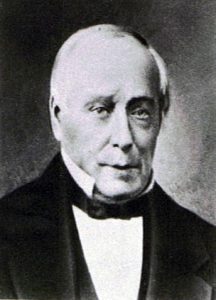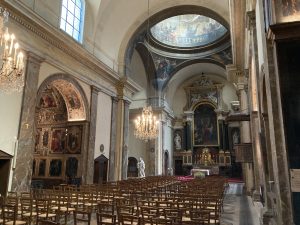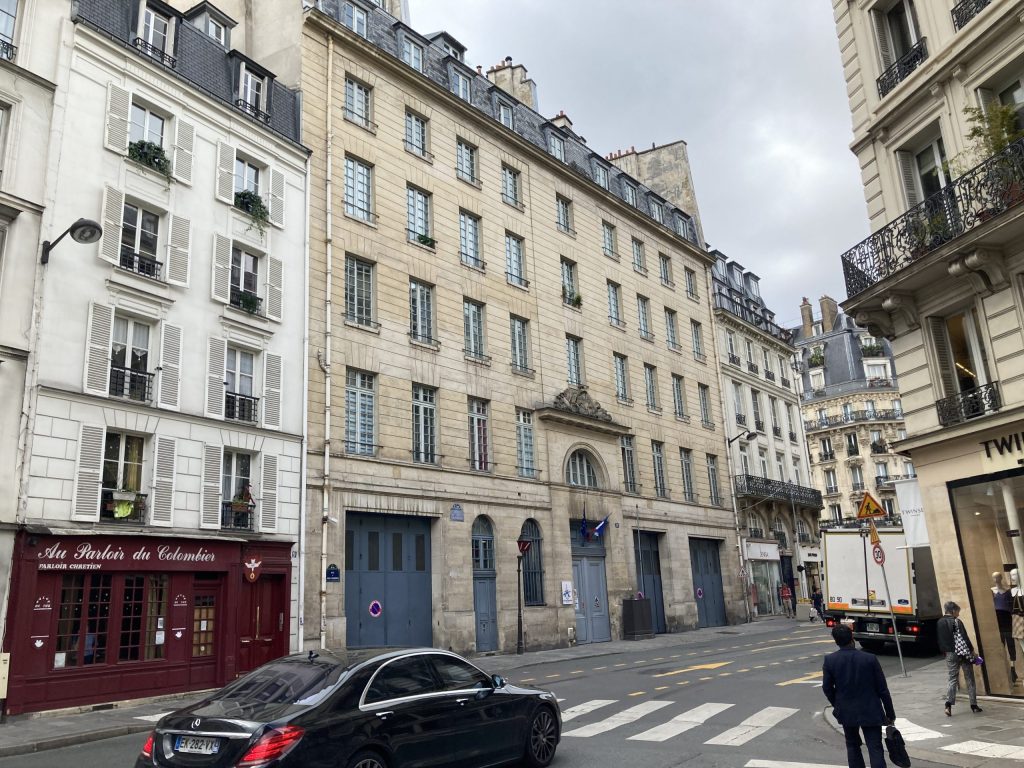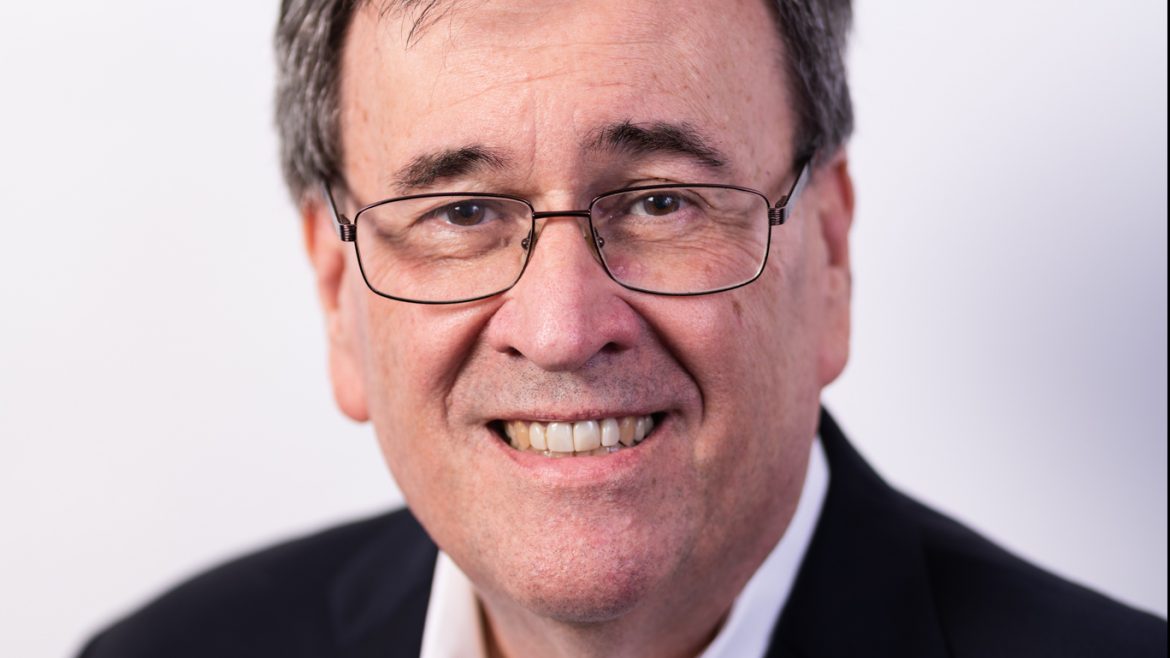Written by: Pam Matambanadzo, National Multicultural and Diversity Committee Chair
We continue our reflection on Black History month and its theme for 2023 – “Black Resistance.”
Last week Connie and Wayne challenged us to reflect, relate and release.
Do you feel you can relate? As a Vincentian, are you open to accompanying those living on fringe of society, going beyond the charity (meal or shelter) we offer? Are you playing a role towards ending the generational struggle that Black Americans continue to carry? Are you seeking justice?
Many Black Americans will collectively continue to resist the plague of racism. However, for meaningful change to occur, it requires “all hands-on deck” approach as one Society. As fellow Christians we are inviting you to journey with us as we explore the many policies put in place at the end of slavery that are still around today in one form or another. These policies act as barriers to entry – keeping families in a cycle of poverty.
After your reflections last week, and this week – do you feel you have a better understanding of the plight of Black Americans? If no, what steps have you taken towards filling in your knowledge gap?
On the third Thursday of each month the Voice of the Poor Committee has webinars that you can utilize. Topics range from how to set up an advocacy committee at your Conference or Council and other times we delve into policies and issues. This month (February) our topic is New Congress; New Opportunities. In March, 2023 Jack Murphy and Wayne will be covering redlining and the discriminatory practices in housing. Please come and join us.
Resources:
- Berkley Institute breaks down institutional racism in a video: https://belonging.berkeley.edu/berkeley-institute-breaks-down-structural-racism-visual-explainer-video
- USCCB Open Wide Our Hearts: Pastoral Letter on Racism: https://www.usccb.org/resources/open-wide-our-hearts_0.pdf
- Harvard paper on Massachusetts Racial Disparity: https://hls.harvard.edu/wp-content/uploads/2022/08/Massachusetts-Racial-Disparity-Report-FINAL.pdf
- Reflective Examination of Conscious: Examination of Conscious .pptx



 As a young law student at the Sorbonne, François Lallier noticed another student speaking out boldly in class, defending the Church against attacks on it by professors and fellow students. After class one day, he saw this young man outside, at the center of a group who were listening to him intently. Lallier took this opportunity to introduce himself to Frédéric Ozanam, and that, to paraphrase the closing line of Casablanca, was the start of a beautiful friendship.
As a young law student at the Sorbonne, François Lallier noticed another student speaking out boldly in class, defending the Church against attacks on it by professors and fellow students. After class one day, he saw this young man outside, at the center of a group who were listening to him intently. Lallier took this opportunity to introduce himself to Frédéric Ozanam, and that, to paraphrase the closing line of Casablanca, was the start of a beautiful friendship. In the Ozanam Orientation, we learn that of the seven founders of the Society, there were six college students and one “older gentleman.” In 1833, Emmanuel Bailly was 39 years old.
In the Ozanam Orientation, we learn that of the seven founders of the Society, there were six college students and one “older gentleman.” In 1833, Emmanuel Bailly was 39 years old.




























